iOS, which comes pre-installed on iPhones, is a simple system that absolutely everyone can understand. Of course, even here there are functions that a large part of users don't even know about, and we'll take a look at them.
It could be interest you
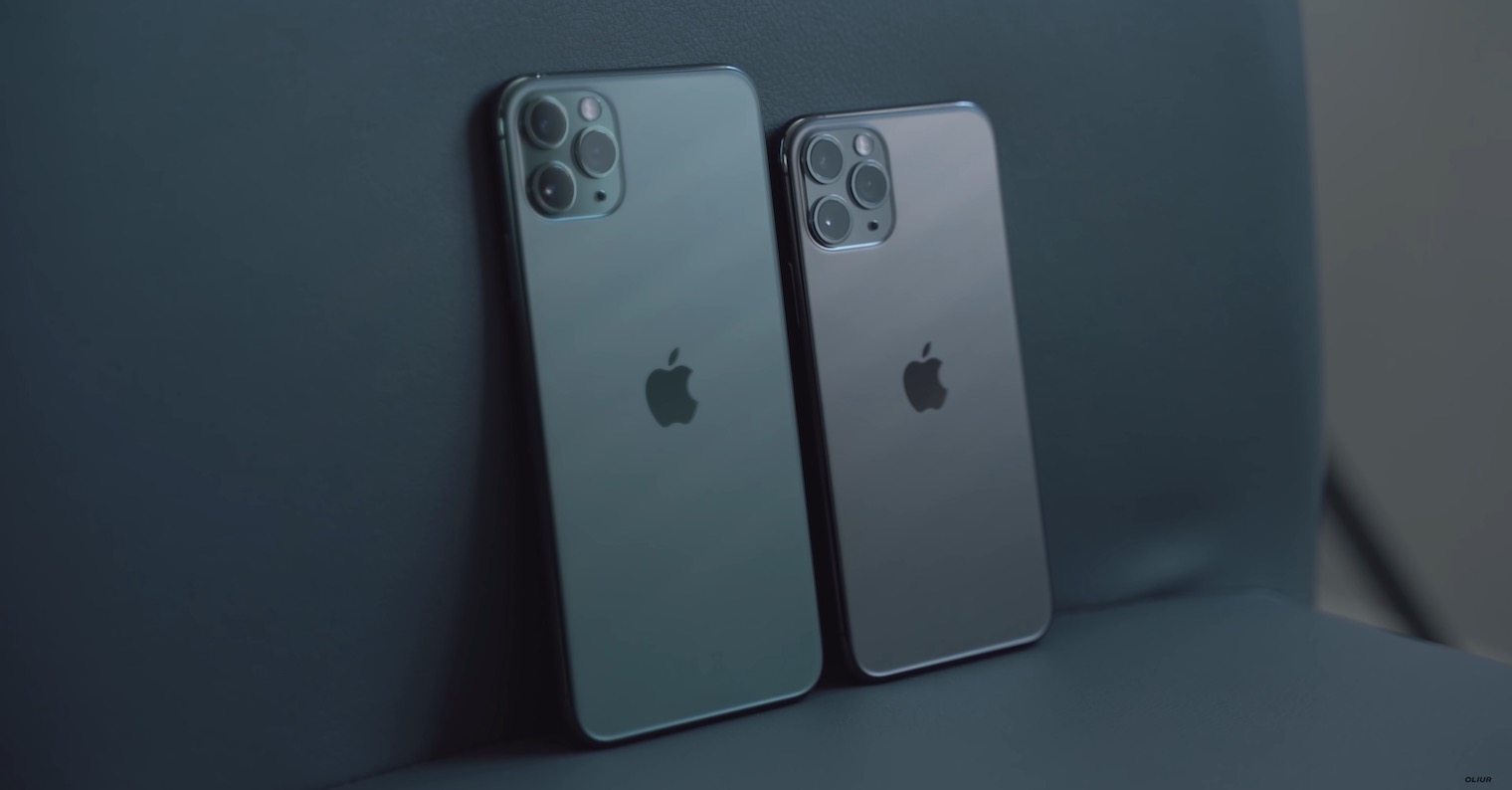
Compressing files
If you want to send a folder or multiple files, for example via Airmail or Safe Deposit, you need to compress everything into one file. If you only needed to do so with the help of an iPhone or iPad, you had to use a specialized third-party application until the arrival of iOS, i.e. iPadOS, with the number 13. However, this is no longer the case and you can create .zip files natively. First, move to the native app Files a find the data you need. To compress an already created folder on it is enough hold your finger and tap on Compress, if you want to create an archive from only some files in a folder, all the necessary files choose, from the displayed menu click on three dots icon and finally tap on Compress. However, keep in mind that the process will obviously take longer for larger files. To unzip the archive, on the other hand, hold your finger on it and select from the menu Unpack.
Fast counting examples
The native Calculator application is pre-installed on the iPhone and is not difficult to use. However, if you want to calculate the example as quickly as possible, the home screen is enough swipe from top to bottom to bring up Spotlight. Then all you have to do is enter the text field enter the appropriate example. You will see the result immediately afterwards. However, it should be noted that on iPhone you can only add, subtract, multiply and divide within Spotlight.
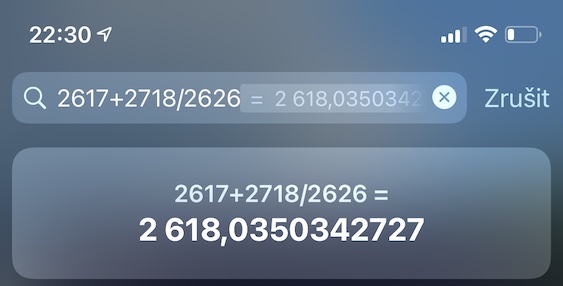
Advanced calculations on a calculator
In the basic mode, the native calculator can do very few operations, but this does not apply to the advanced mode. First you have to turn off rotation lock v control center. Then open the application Calculator a turn the phone to landscape. The calculator suddenly turns into a much more usable tool.
Connecting external drives
You can also connect a flash drive or memory card to an iPhone with a Lightning connector and work with them in the classic way. However, for any device with a Lightning connector, you need to buy a reducer, ideally here original from Apple – only then can an external drive be connected to the device. Then all you have to do is insert the Lightning connector from the adapter into the iPhone, connect the charger to the Lightning port in the adapter, and finally plug in the flash drive itself or another external drive. In the app Files the external drive will then appear. But be careful, with some formats, such as NTFS, iOS has a problem, as well as macOS.
It could be interest you
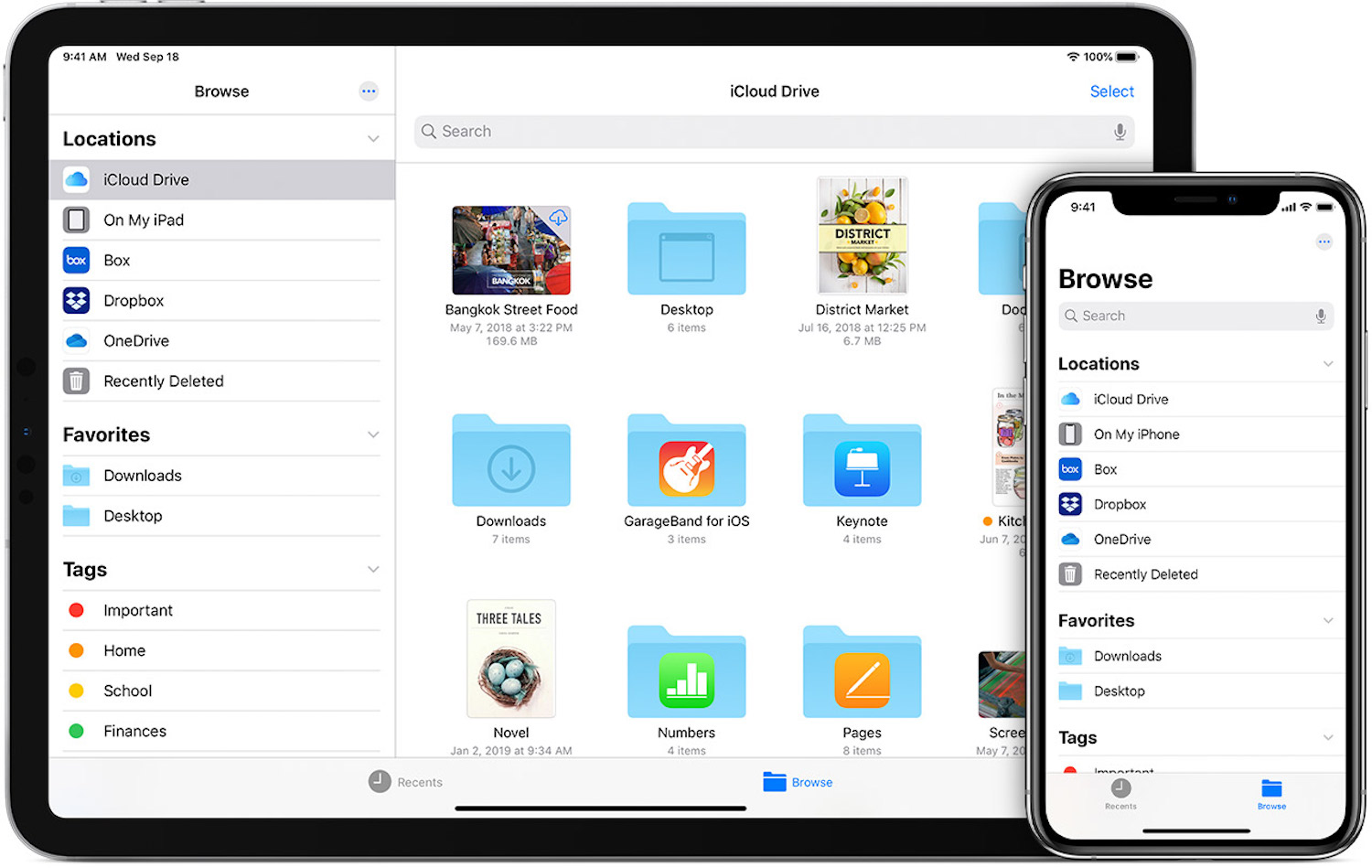
Creating screen recordings
Surely you've ever needed to take a screenshot - this is also very easy on the iPhone, as on any other phone. However, sometimes it's useful to record what you're doing on your phone for someone. To activate this option, first go to Settings, click on Control Center a enable Screen Recording. After that, just open the Control Center and tap the recording icon to start recording your screen.

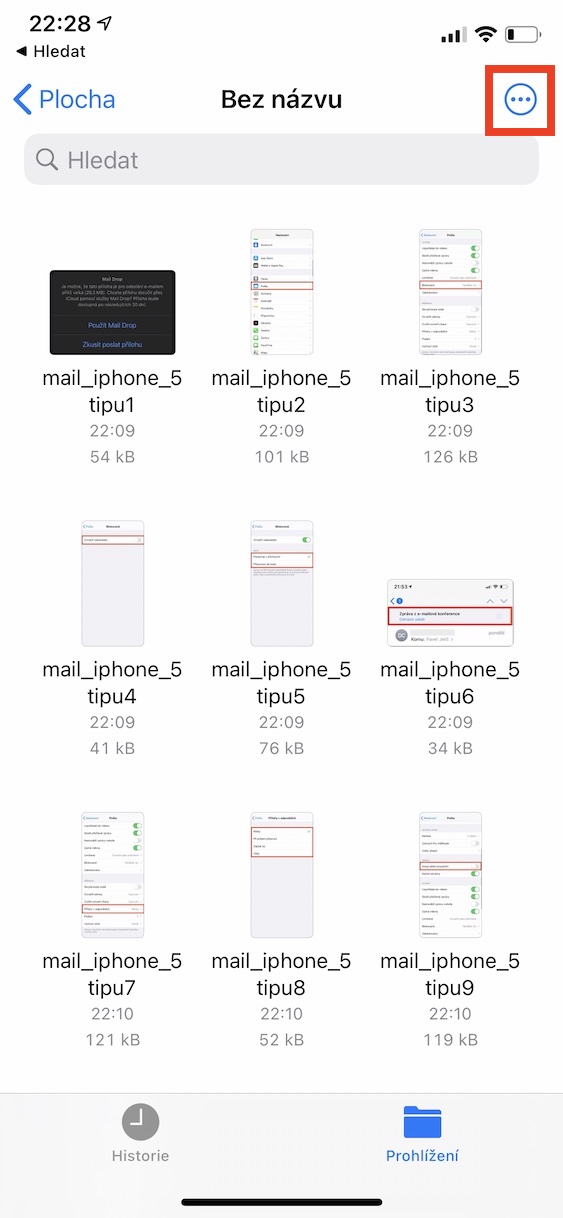

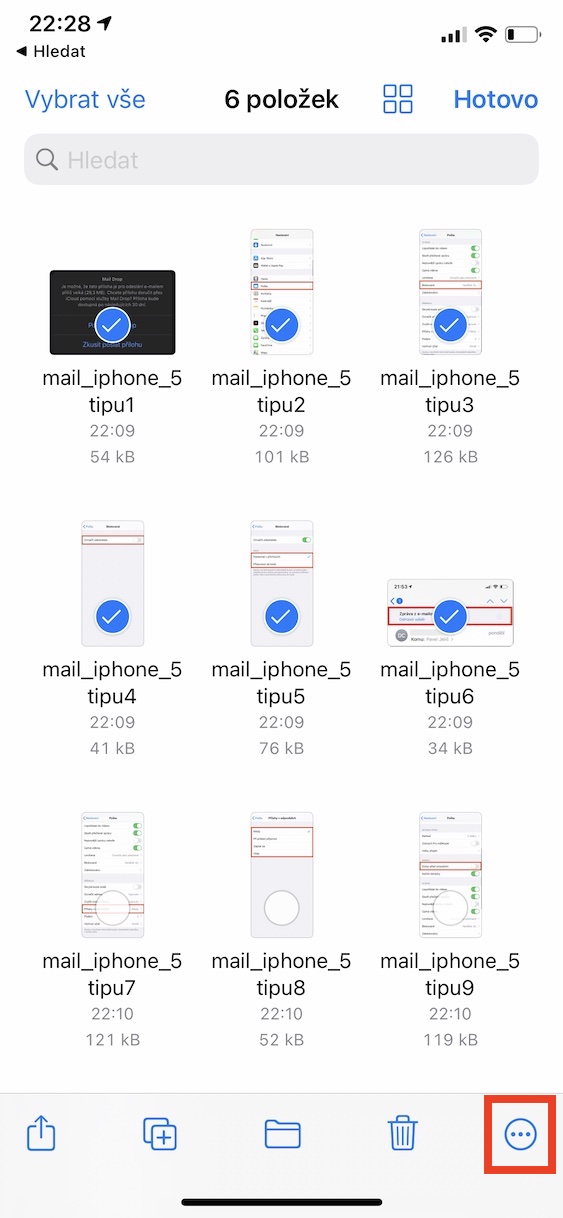


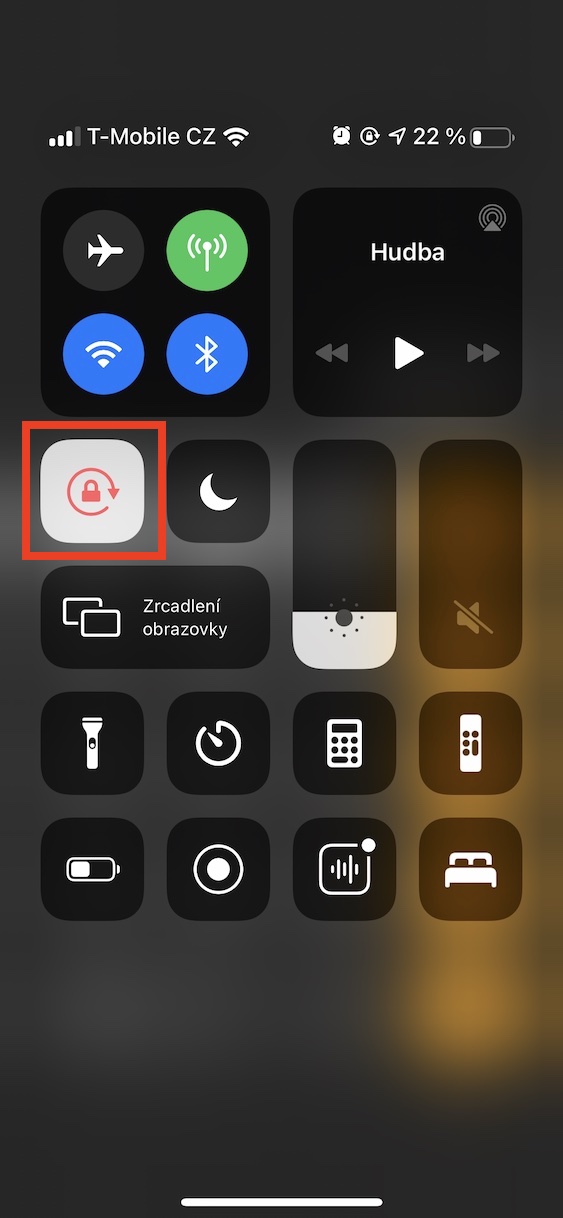

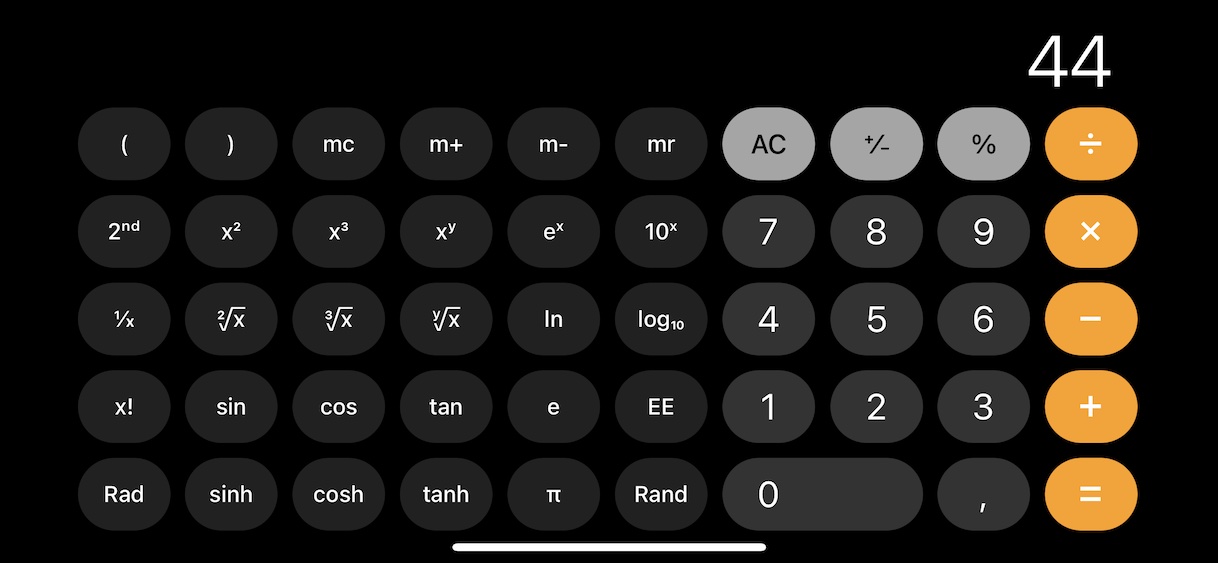

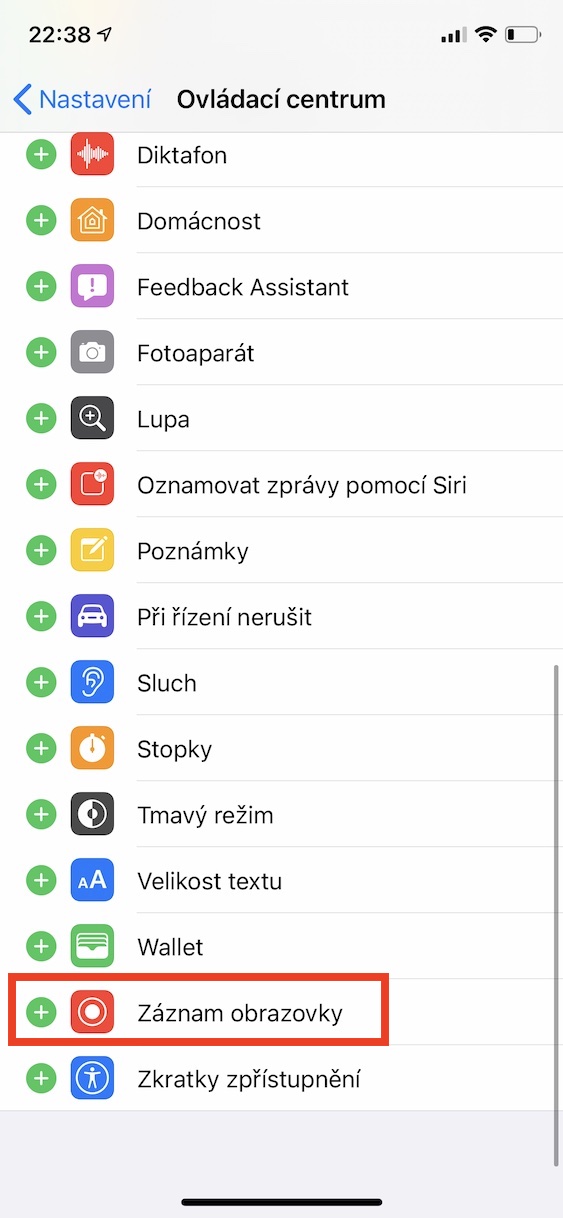
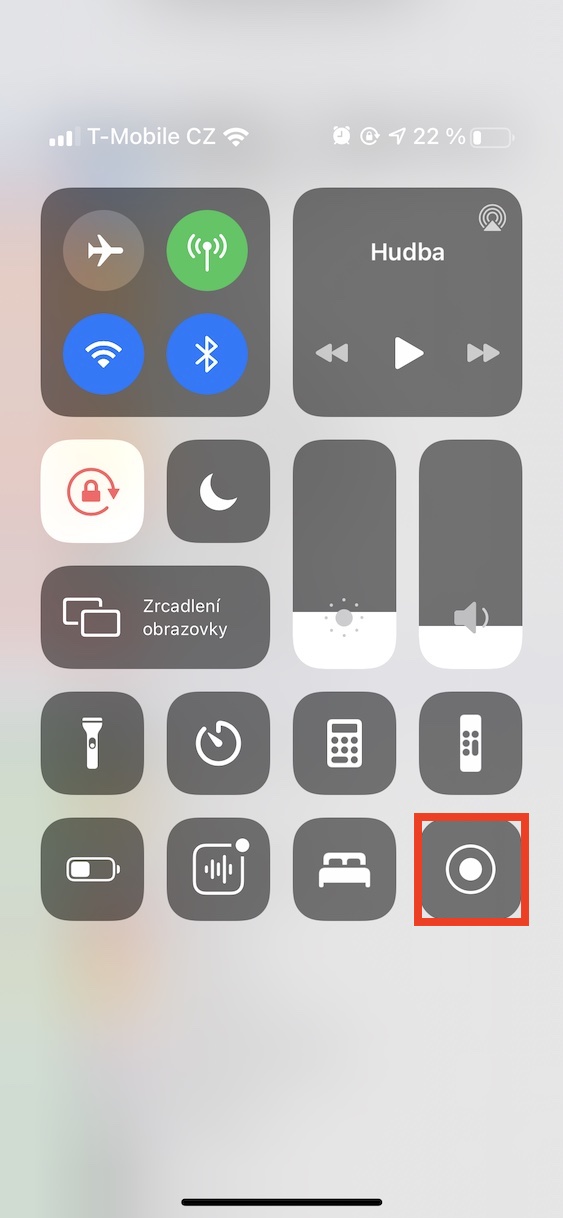
it's interesting, unimaginable and wonderful that you, as blind people, share such contributions with us - although I have a bit of an iPh, but I keep finding new and new things that I don't know - thank you for your tips and the work you do
It's weird that "see compression" doesn't have that menu in the Files app.
Check for updates. It is said to be from iOS 13 and up.